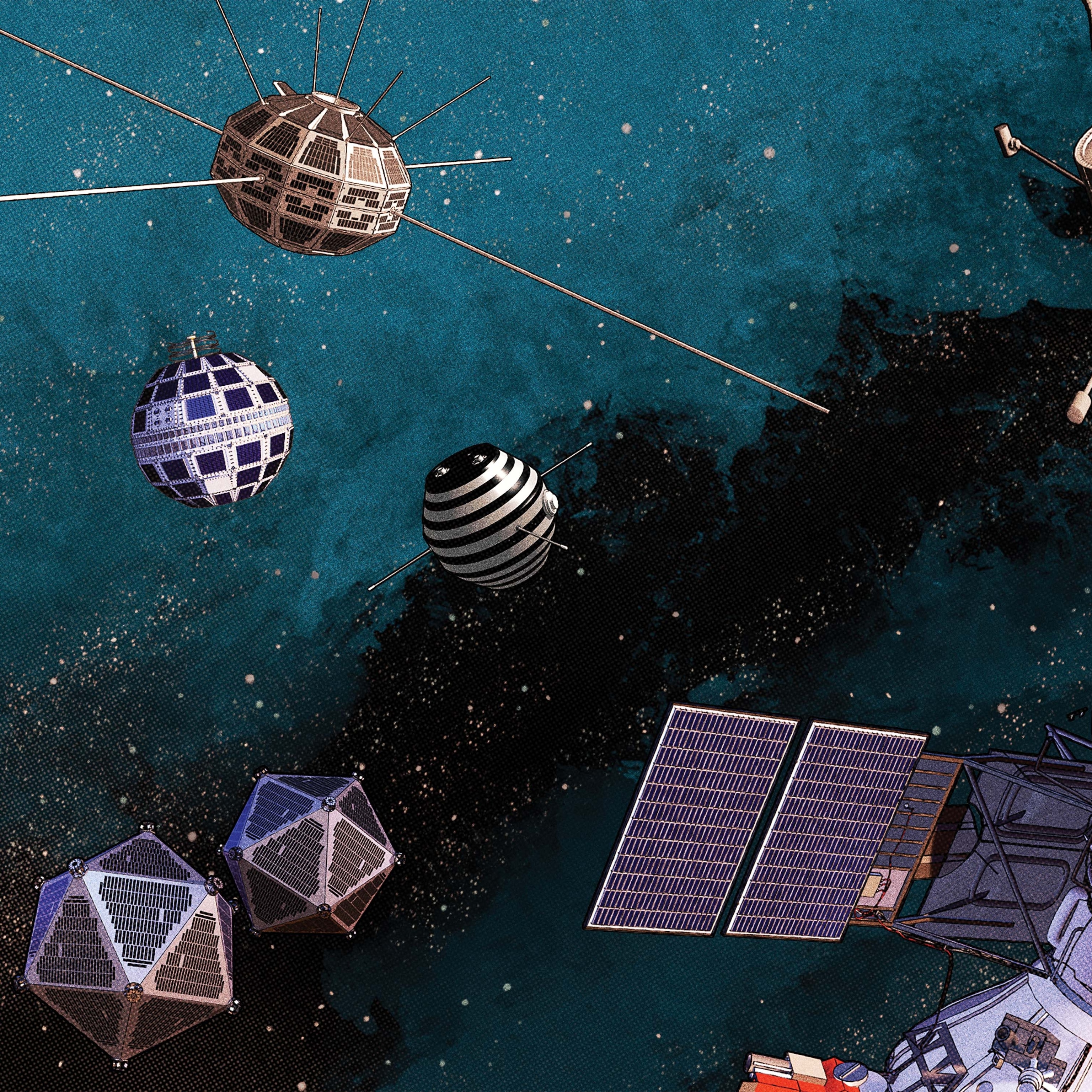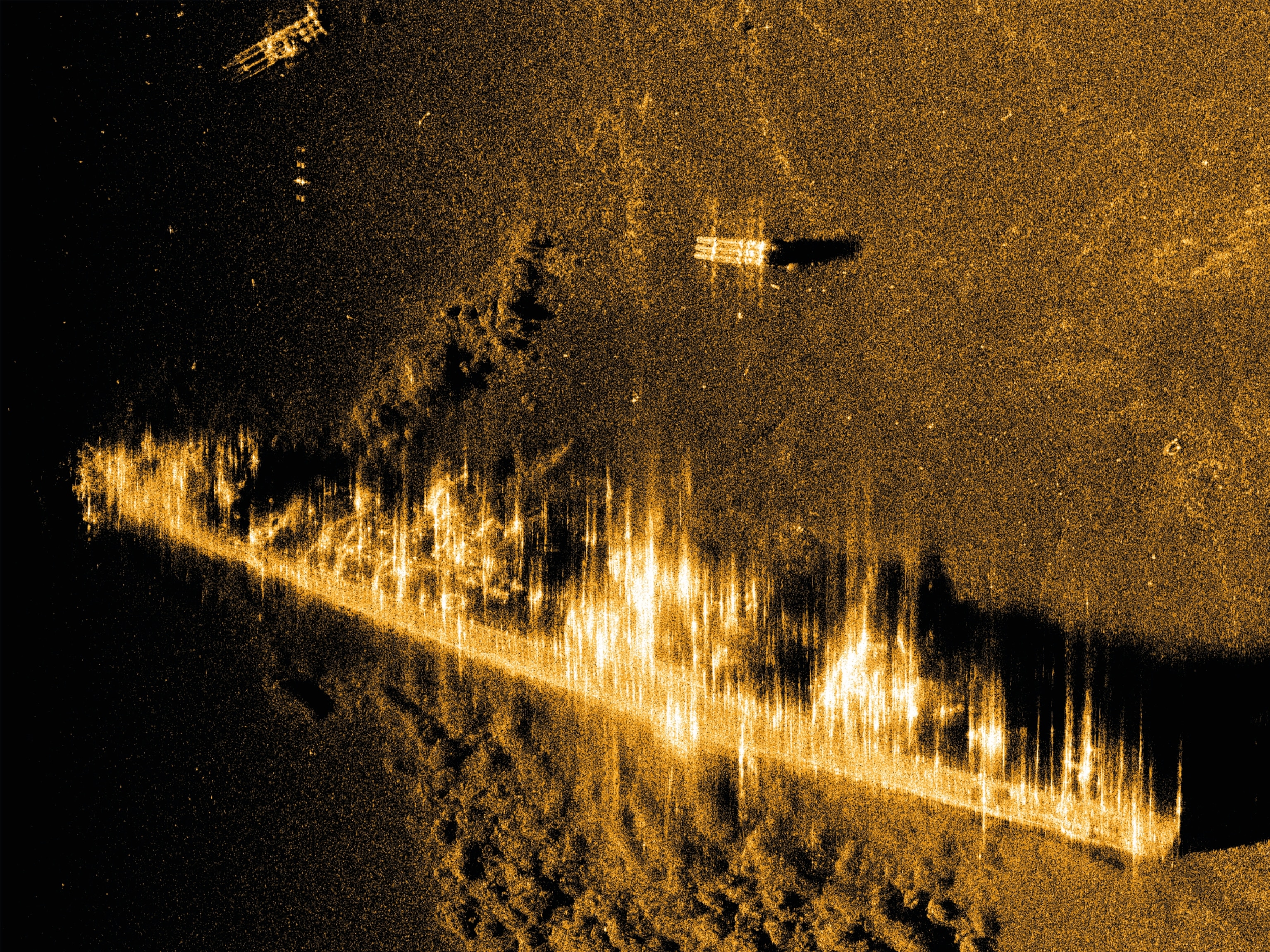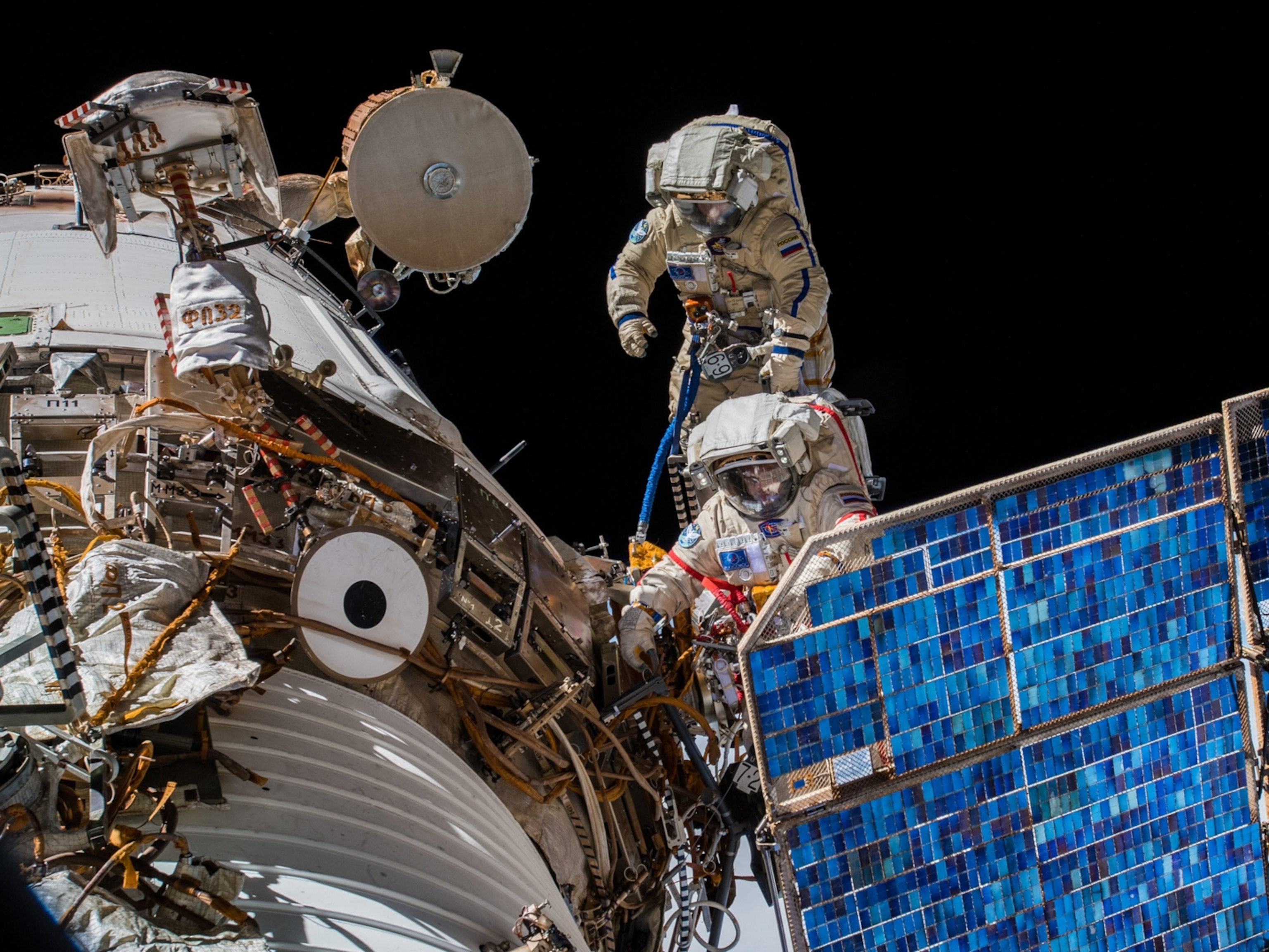
Google's Loon Project Puts Balloon Technology in Spotlight
Future stratospheric systems could change how the world goes online.
Google's Project Loon aims to bring remote parts of the globe online with a ring of floating balloons. The balloons will drift through the stratosphere—which is about twice as high as commercial planes fly—to deliver 3G service to off-the-grid areas.
The ambitious project's recent test launch on New Zealand's South Island has generated a lot of media buzz, but it turns out that high-altitude platforms (HAP) have been around for a while.
A decade ago, the European Union funded the CAPANINA project to deliver broadband from high-altitude platforms in the stratosphere. Back in 2005, it successfully produced broadband wireless access at distances of up to 37 miles (60 kilometers) from a free-floating balloon in the stratosphere over northern Sweden.
Tim Tozer, an expert on wireless, satellite, and HAP communications at the University of York in Great Britain, was part of that effort. He spoke with National Geographic about the current state of the science—and the promising future beyond Google's balloons.
Is this a "loony" idea or a glimpse into the future?
Google's Loon Project has already been valuable in terms of getting people interested in what might be possible, says Tozer. "I'd be pretty amazed if this system developed into anything per se," he says. "I think projects like this are great in terms of encouraging somebody, somewhere, to get very serious about this and dedicate the funds to developing the kind of aerial craft that can do it properly.
"Many folks jumped the gun 15 years ago postulating about types of HAPs—'wonder craft' that could stay up, roughly in one place, for months or years and carry all types of payloads and instruments. The problem is that as an aerospace project these things don't really exist yet. So what everybody has since realized is that you can't start big. It would be nice if you could, but you'll have to get there in an incremental way with small demonstrator and development projects which can kind of prove the technology."
Why not just stick to satellites?
Satellites have revolutionized communications, Tozer notes, but aren't without limitations. "There just isn't enough satellite spectrum to go around for everybody in the world to do high-speed Internet via satellite," he says, "and if you want high data rates, you need large antennae on the ground." Other limitations include cost, available launch vehicles, and orbital slots in an increasingly crowded low-Earth orbit.
Coverage with a network of stratospheric platforms may be cheaper than satellites and more flexible as well—the better to be deployed quickly where and when the platforms are needed.
"You might have platforms sitting somewhere in a warehouse, and within 24 hours you could load them with whatever you need and fly them where they are needed," Tozer says.
"Think of Hurricane Katrina," he says. "If we'd had this capability, we could have flown them in and quickly provided all the backup telecommunications needed to replace the whole lot that was destroyed. You can't steer satellites around that way. You can't easily redeploy large amounts of capacity quickly with satellites, and if you could do it you couldn't afford to do it for very long."
The European Union's ABSOLUTE Project is currently exploring the use of tethered aerostat stations for disaster response.
Won't the balloons simply float away?
Google's Loon balloons are steerable by computer algorithms meant to keep them in the right currents. It seems likely that they will drift away in a relatively short time, says Tozer. But experts are at work designing systems that would not.
"What we propose for high-altitude platforms is an altitude of perhaps 20 kilometers [12.5 miles or 80,000 feet]," explains Tozer, "above any air traffic control problems, where the winds are very considerably reduced. But you'll still require 'station-keeping,' which means propellers or something to keep the unit in one place."
That means a power requirement, he adds, that will likely require some type of solar array. "This has been studied to the nth degree academically, but nobody is actually doing it very much at the moment."
Doesn't the military use this technology?
The military makes much use of unmanned aerial vehicle (UAV) technology, Tozer notes, but those systems are expensive, require a lot of on-ground infrastructure, and offer flights of limited duration—a few days at most. "For serious communication provisions they can become ridiculously expensive," he says.
As an alternative, tethered balloon systems have already found their way into the field, aiding warfighters in remote locations like Afghanistan. "You can put these balloons up on a long string and run power and communications right up the tether," Tozer explains.
The systems provide quick, inexpensive, and effective communications, but they wouldn't be practical in many locations. "I understand Afghanistan is full of these tethered aerostats," he says. "Out in selected and generally remote areas these systems can be used, but any aircraft in the vicinity could be a big issue because tethers would be in their way."
Even free-floating systems must travel up and down through busy airspace.
But the U.S. Army also has its eyes on free-flying communications balloon technology. In October 2012, the U.S. Army Space and Missile Defense Command/Army Forces Strategic Command tested the Combat SkySat military retransmission platform in Colorado Springs, Colorado. Balloons floating at 80,000 and 30,000 feet established a handheld radio communications link from 150 miles away.
How easy—or not—is scaling this system up?
One big hurdle to the development of HAP systems is the question of size itself and the engineering challenges it presents.
"If you want to deliver Internet service to thousands of users, you need a fairly chunky payload up there," Tozer says. "Think of something that might sit on a tower at the end of your street, with a cabinet of equipment and a tall mast. If you want to stick it up in the sky, it's going to weigh quite a bit."
Further weighty issues include power production and the propellers or other equipment to help keep the unit where it's supposed to be. "Light experimental payloads are one thing," he says. "But when you do the sums, these things are going to have to be fairly big if you want them to provide a commercial service, or else you're going to need huge numbers of them."
Despite such challenges, and likely push-back from other aerial stakeholders ranging from the satellite communications industry to UAV-wary airlines, Tozer believes the day will come when communications are indeed delivered from the stratosphere. Not by Google's balloons, which he believes will function only for a short time before drifting off or deflating, but with a next-generation lineup of future aerial platforms.
"I'm very convinced that, ultimately, while it may be very slow going, this is going to work commercially. The idea of unmanned vehicles in the stratosphere excites people. There is a need for the service and a lot of space there—so eventually I think we're going to use that space."








